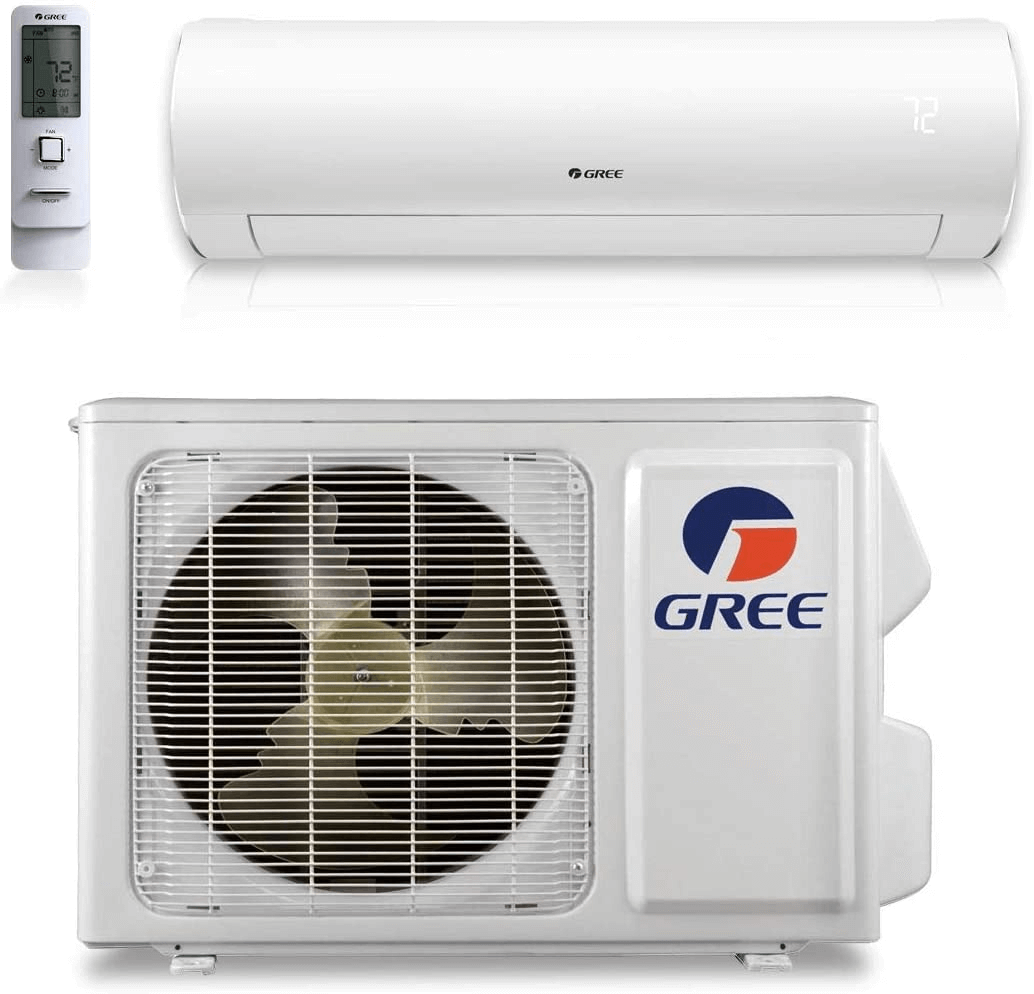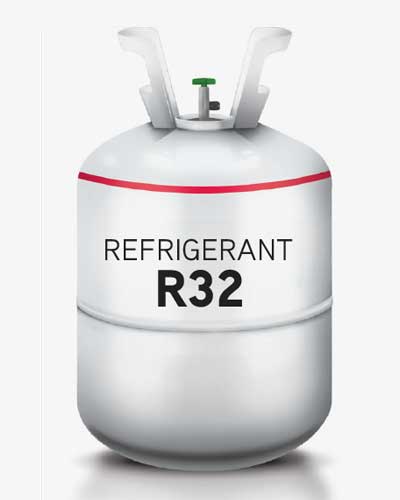
How to Choose the Best Mini-Split System for Your Home
What You Should Consider Before Making Your HVAC System Purchase
Mini-split systems are a fantastic HVAC product for the heating and cooling needs of many homes and commercial buildings as they are much more efficient than central AC systems and are easier to install. With so many different brands, models, and sizes on the market, you may need additional information to decide which mini-split system is suitable for you.
To pick the best mini-split system best for you and your spaces, consider the following factors as you begin your search.
1. The Size of Your Home and the Number of Rooms
The first thing you'll want to consider before buying your new HVAC system is the size of the space you'd like to heat and cool. Mini-split systems have a variety of common uses including heating or cooling one specific section of a home like an unfinished storage area or in-law suite that may not get coverage from an existing central AC system. However, mini-split systems are also frequently used to heat and cool entire homes or commercial buildings. If you have a small home with an open layout, or if you just need to control the climate in one room or area of your home, you may be able to install a relatively small mini-split system with a single zone. However, if you have a large home with several rooms or a building with multiple separate units, you'll likely need a more extensive system with multiple indoor air handlers. If you'd like to heat and cool different areas of your home at different temperatures, you'll need a multi-zone mini-split system, the next concept you'll need to consider when picking your system.
2. Single-Zone Mini-Split vs. Multi-Zone Mini-Split
If you just need to heat or cool one area of your home, or if you're working with one relatively small, open space in a building, a single-zone mini-split unit could be the best option for you. These systems have one outdoor compressor unit that is connected to one (or sometimes multiple) indoor air handlers. This type of system is perfect for heating or cooling a single room or small area of your home.
If you need to heat or cool multiple areas of your home, you'll likely want to go with a multi-zone mini-split system. Multi-zone systems typically involve having 1 indoor air handler for each area, or “zone” you would like to heat or cool. The more separate rooms, or walled-off areas you have in the space you'd like to heat and cool, the more air handlers you'll need. The more open your layout is, the fewer air handlers you'll need in order to get the climate-controlled air into each area. Of course, the size of the spaces you want to heat and cool plays a role in how many air handlers you'll need as well, as extremely large open spaces benefit from multiple air handlers to maximize efficiency or airflow.
Multi-zone systems not only allow you to heat and cool multiple areas throughout your home or building, but they also give you the ability to set different temperatures in different areas, so everyone can be comfortable. Having multiple zones also allows you to cool or heat the section of your home you use most frequently and leave the system turned off in other less-used zones, which uses less energy and saves you money.
3. The Efficiency of the Mini-Split
When you're looking at mini-split systems, you'll want to make sure you look at their efficiency. The efficiency of a mini-split system is typically measured by the Seasonal Energy Efficiency Ratio (SEER). SEER accurately measures the cooling efficiency of your air conditioner over an entire season of use. The higher the SEER rating, the higher the efficiency of the system and the lower your energy costs will be, leaving more money in your pocket long-term.
If you're planning on installing mini-splits as your AC system of choice, you have the benefit of knowing that in general, they are much more efficient than central AC systems.
While many people just look at the SEER rating when they're trying to find the most efficient system, you'll also want to consider the heating efficiency rating of the system, which is called the Heating Seasonal Performance Factor, or HSPF. The higher the HSPF of a system, the higher its heating efficiency is. Like SEER, HSPF is measured on a scale of 1-10, with 10 being the highest efficiency.
4. Type of Air Handler Unit
There are a handful of common air-handler types: wall-mounted units, ceiling cassette units, concealed duct units, and slim duct units. Each offers its own qualities and advantages.
Wall-mounted units are the most common type of air handler for mini-split systems. They are easy to install, inexpensive, and can be mounted on any kind of wall. They also offer a wide range of features, such as different fan speeds, timers, and remote-control operations.
Ceiling cassette units are designed to be installed in the ceiling, and they offer a sleek, finished look. These units are ideal for homes with high ceilings, and they take up less vertical space than wall-mounted units. They offer many of the same features as wall-mounted units, such as different fan speeds and remote-control operations.
Concealed duct units offer a similar look to ceiling cassette units, but they are designed to be installed out of plain view behind a false ceiling, in a crawl space or closet, and use existing ductwork to send airflow to the desired area.
Similarly to concealed duct units, slim duct units are also designed to be installed out of sight, and are generally the thinnest and most compact type of air handler available, providing more options for where they can be installed.
Finally, floor-mounted units are installed on the floor, and can be used in homes with limited wall or attic/ crawl spaces, or when it's difficult to install an air handler in the ceiling. These units make it easy to clean and replace the filter, but they do take up more horizontal space than most other types of air handlers.
You should consider the type of air handler that will work best for your home or building when making your final selection based on available space and the aesthetics you'd like throughout your home.
5. Rebates for Mini-Split Systems
Mini-splits are an energy-efficient and cost-saving investment for most homes or commercial properties. On top of the inherent cost-savings enjoyed by people who choose mini-split air conditioners, you can make your mini-split purchase even more affordable by choosing a system that provides a rebate. While all rebates vary, in general, you can receive substantial rebates when purchasing high-efficiency or multi-zone systems. For all GREE mini-splits, you can find out whether or not there are any rebates available directly on each product page. You can also search for products offering rebates in your area on our Rebate Search page.
Purchasing a mini-split system can be a fantastic investment for your home or commercial building, especially if you want to cool and heat your spaces in an effective and efficient manner. As you've read, there are many options to consider. For additional questions about which type of mini-split system is best for your home or building, we recommend reaching out to a licensed, qualified mini-split installer. You can read more about how to find one in our handy guide to finding mini-split contractors, or just skip right to using our HVAC contractor locator tool to find a licensed, high-quality mini-split contractor in your area to work with and ask any pertinent questions.




